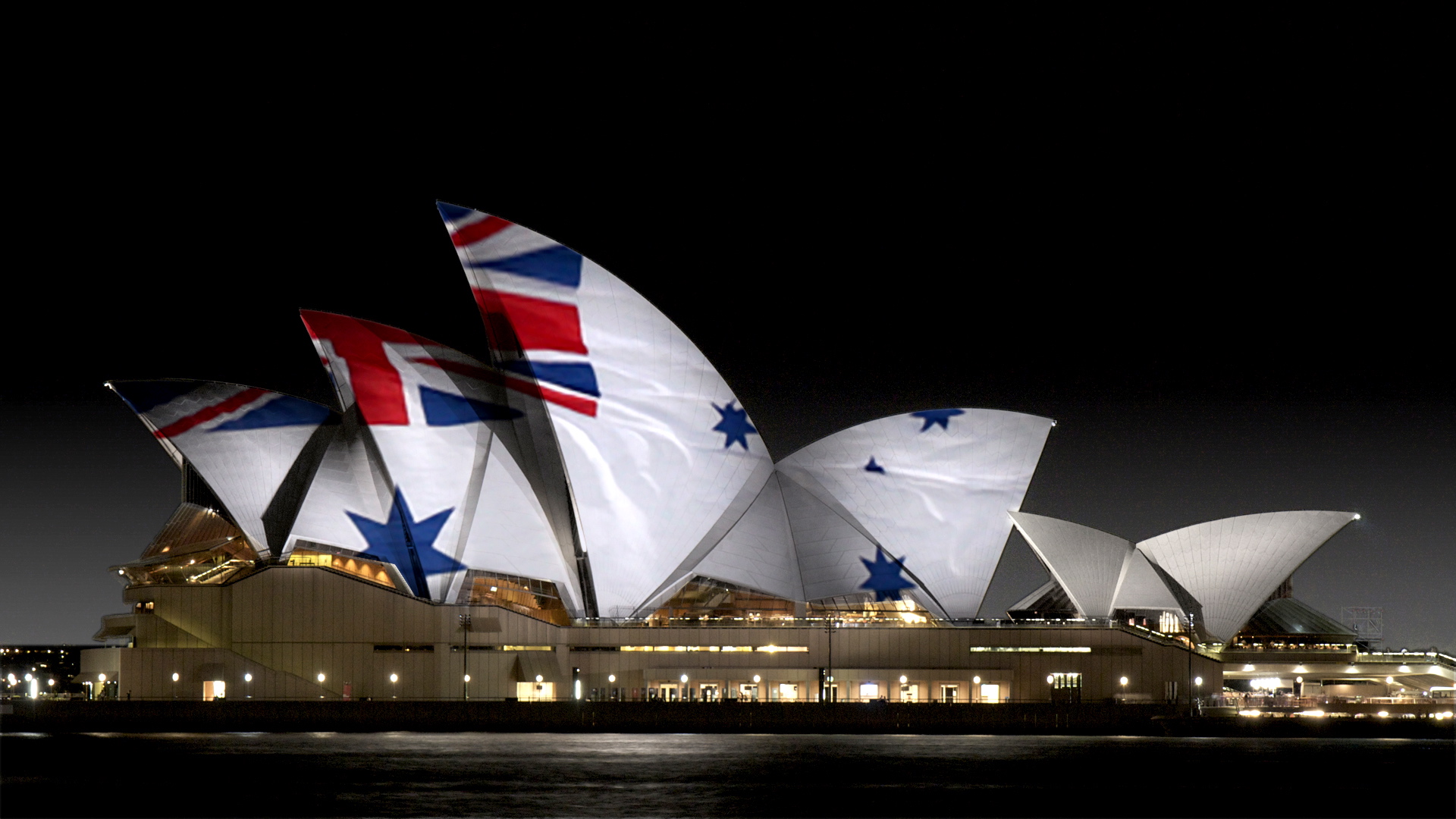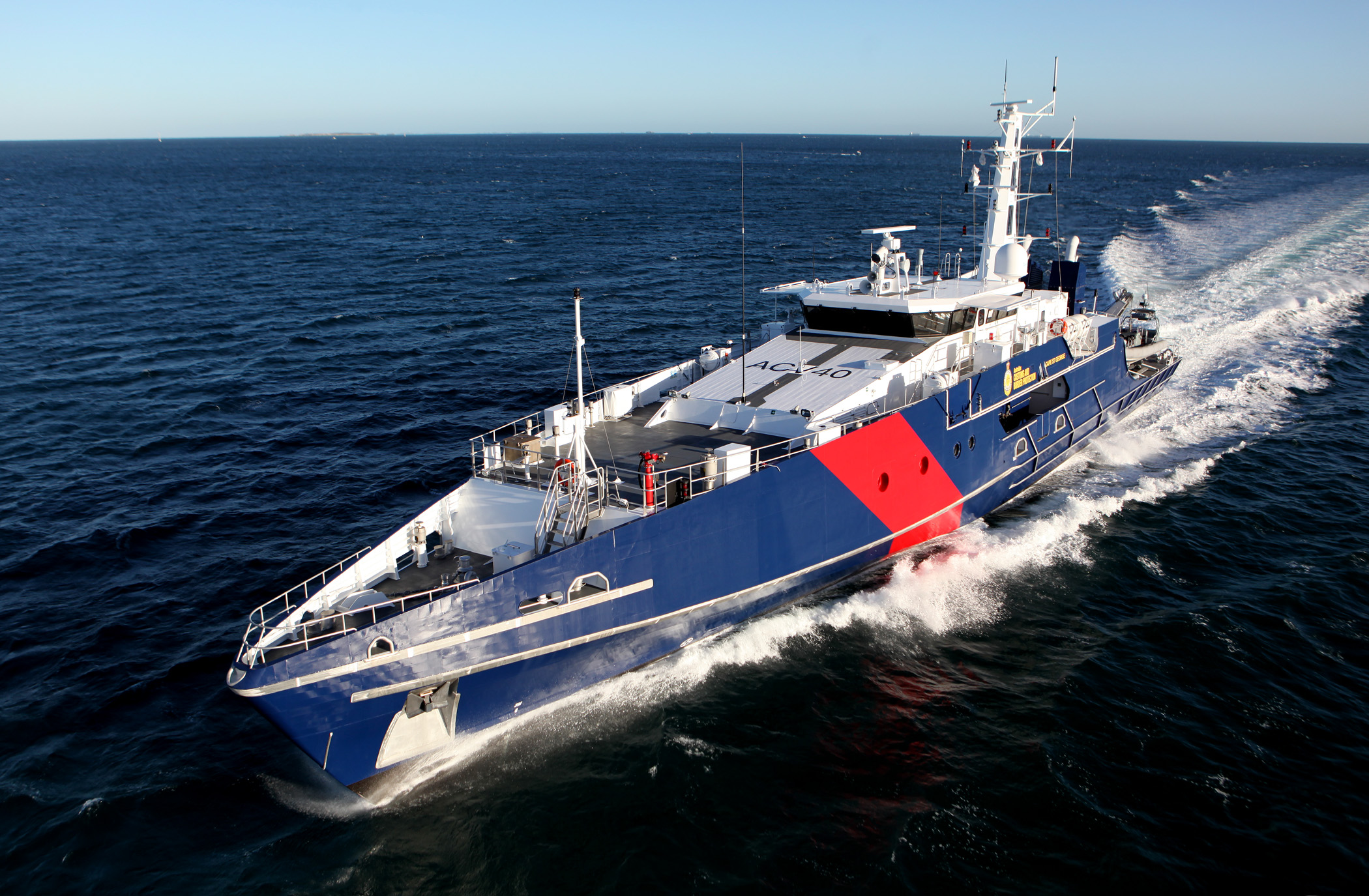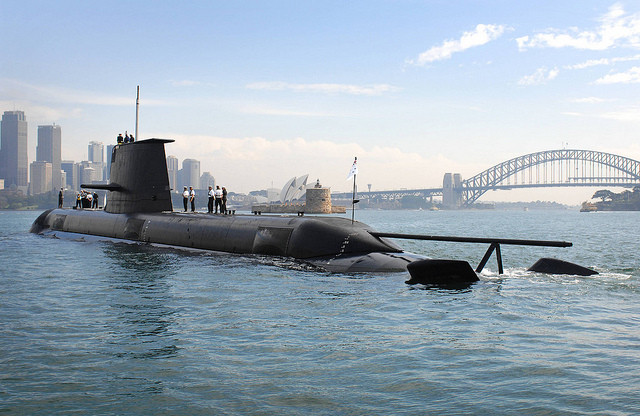How to buy a submarine – part 2
The building of a replacement for Australia’s Collins class submarines will be the country’s most expensive and complex defence project to date. There are a myriad of capability, commercial and industrial issues to be managed: the expertise for the design and construction of conventional submarines resides in Europe and Asia while Navy’s preference is for American combat and weapon systems. Pulling those elements together while managing the technical risks is no easy task.
Local construction of the future submarine has been a bipartisan position for several years, and it has the support of industry and the bureaucracy. But there’s no simple or fast way to produce a unique Australian submarine. If the government decides to go down that path, it will have to do so in the knowledge that it’s a high-stakes venture.
In April 2014, ASPI held a two-day conference called ‘The Submarine Choice’. At the conclusion, we were left with three disquieting impressions. Read more









